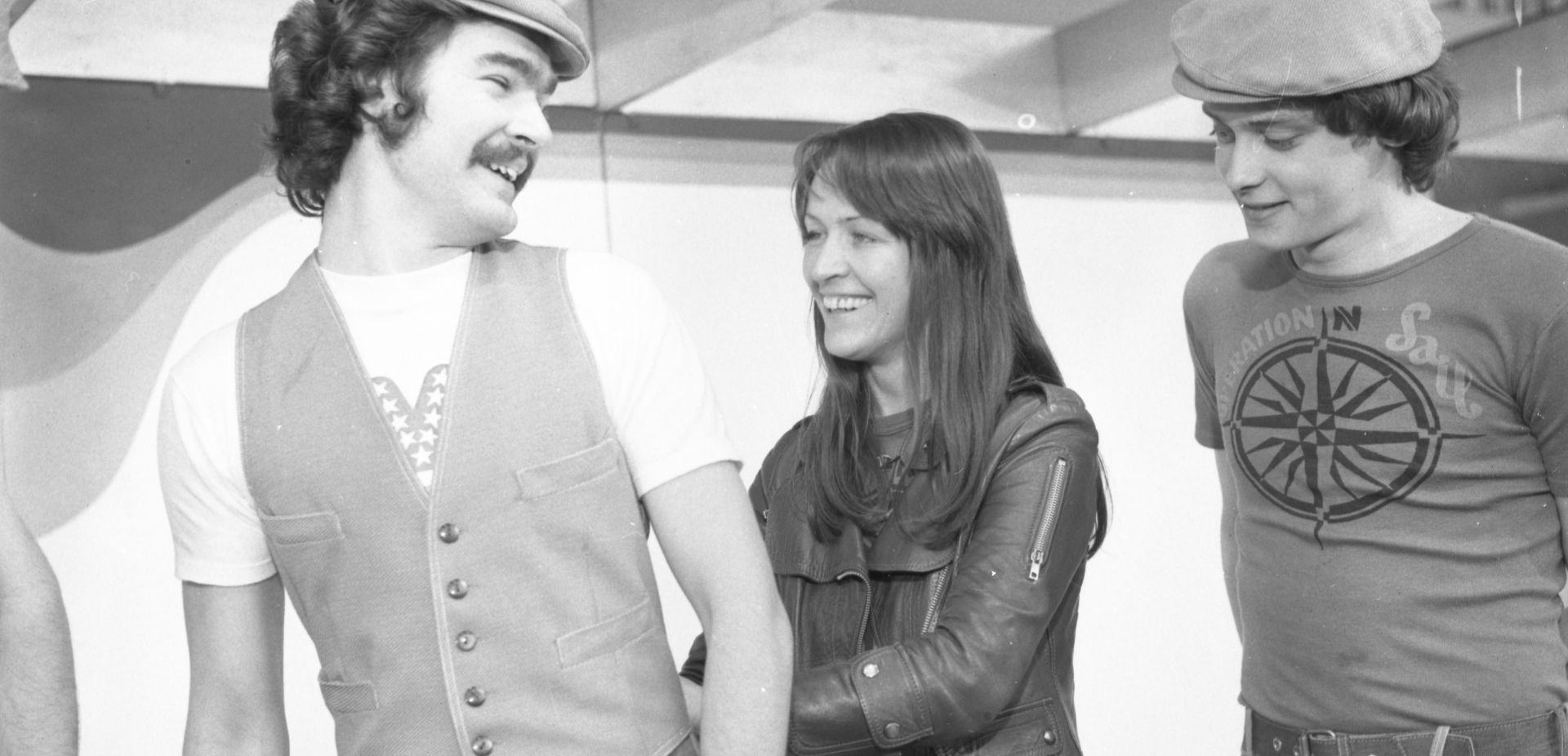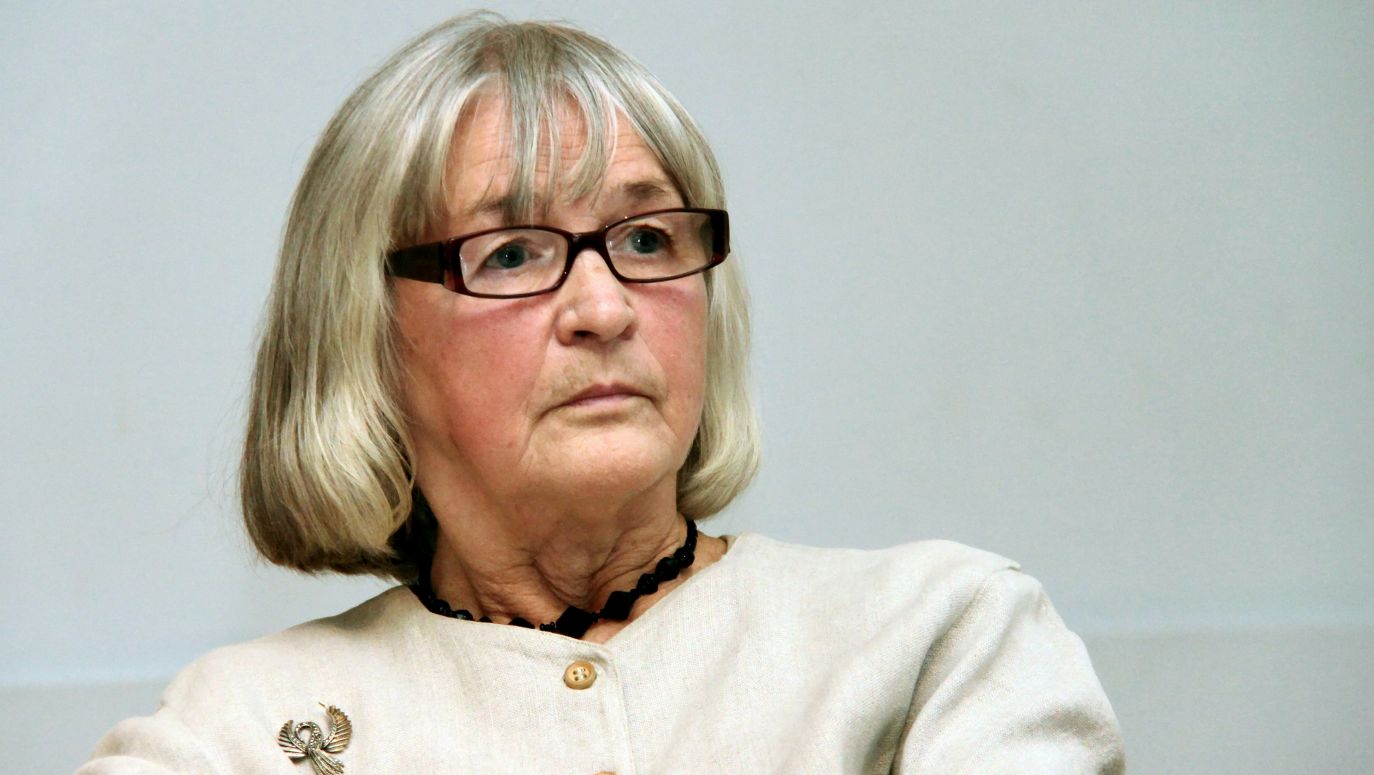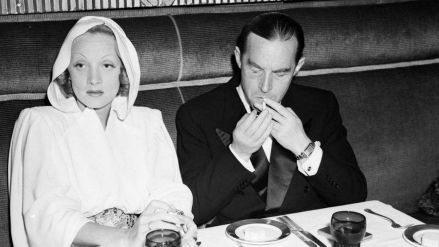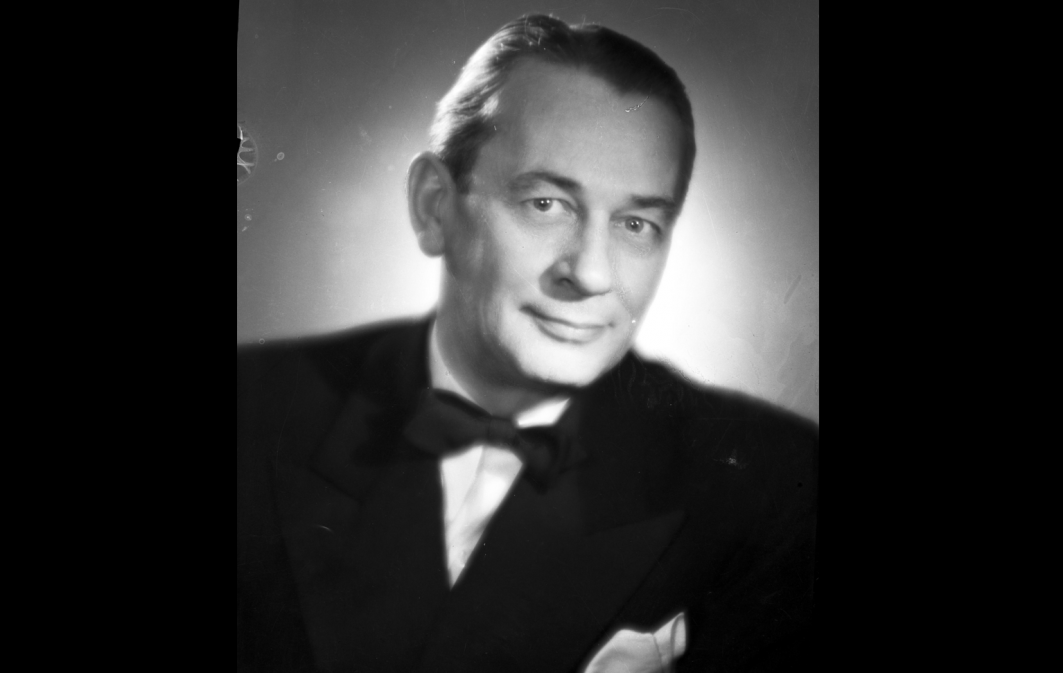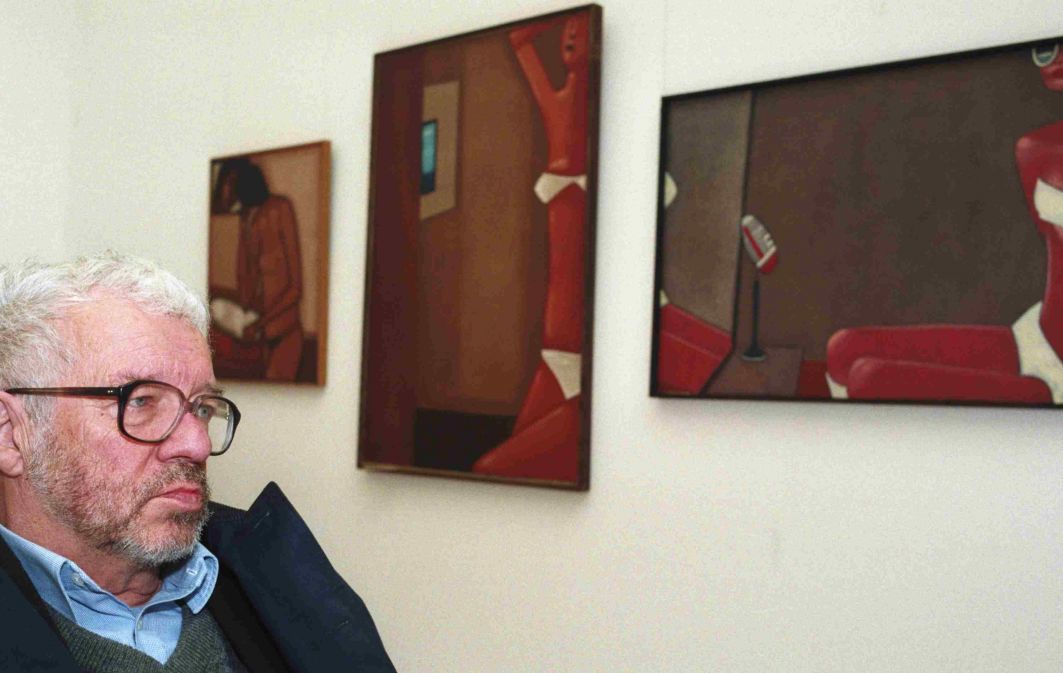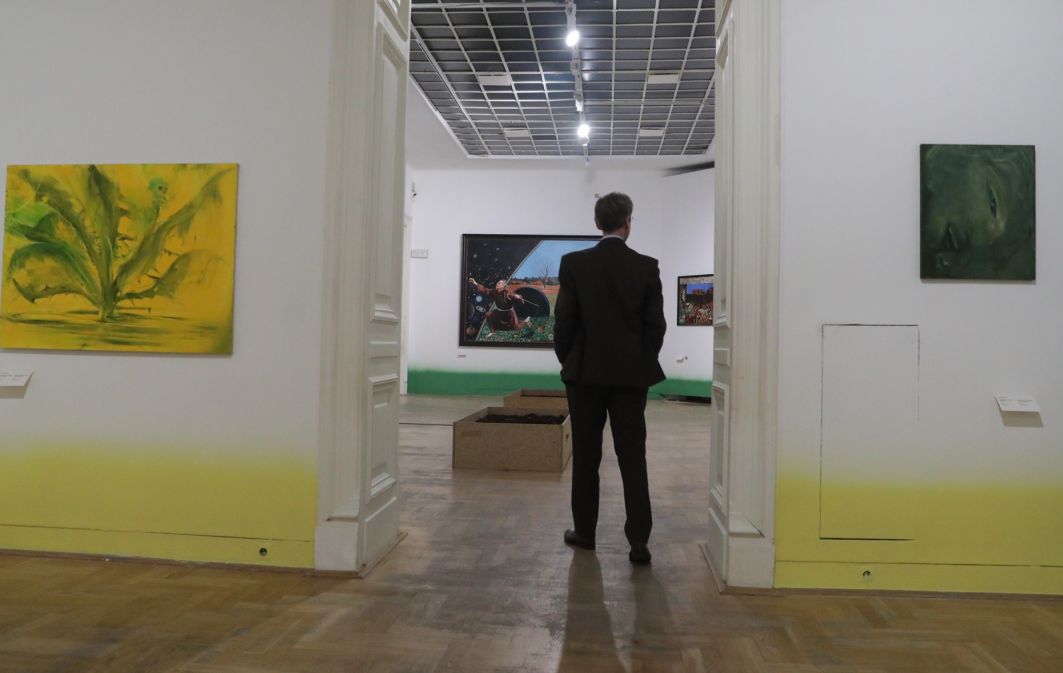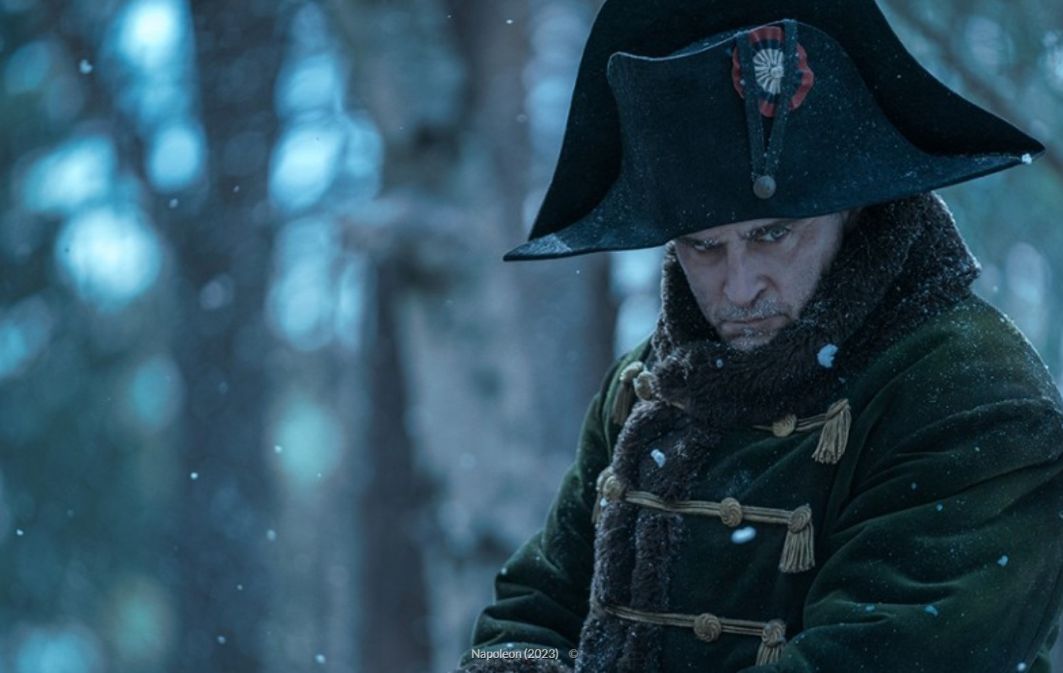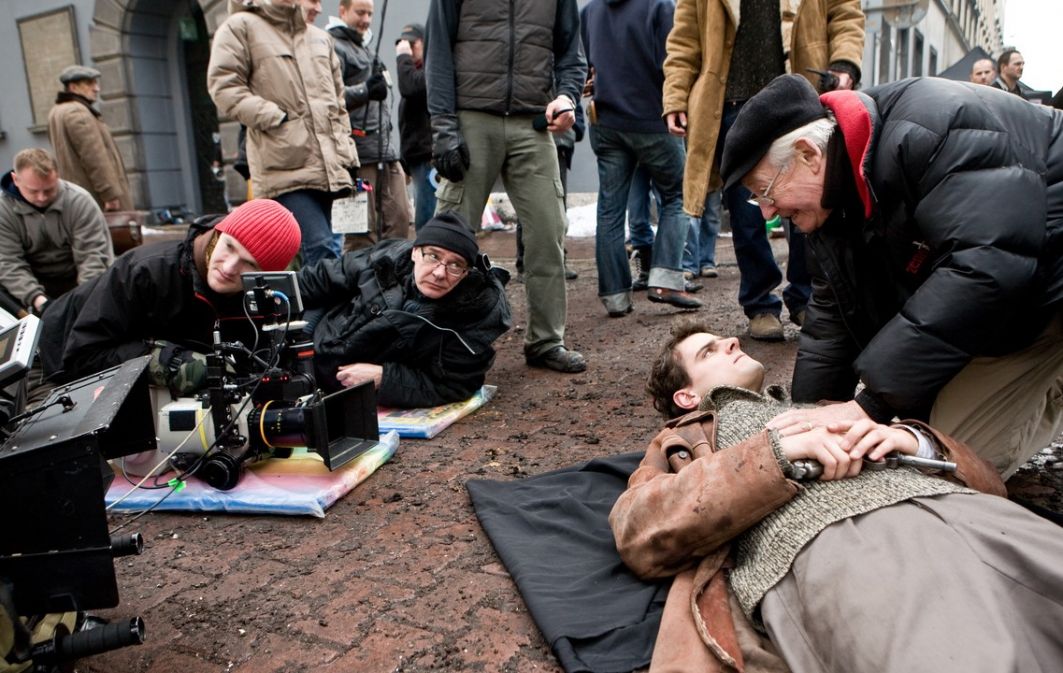Citizeness fashion model. Luxury in the times of socialism
15.06.2022
These clothes create history -- or rather, they bring it back. All were designed by Grażyna Hase -- a Jill of all trades. Hugely popular, she was among the most vibrant personalities of communist Poland, bringing colour and verve to bohemian circles. Hase epitomized fashion in a variety of ways. Now her professional activities and her personal life are the subject of the exhibition entitled "Always in Fashion".
"I'm exhausted,” Grażyna, tells me as I interview her. "I don't want to repeat for the 100th time that my career as a fashion designer began with modeling."
Typical. She hasn’t changed. Still the same slightly hoarse voice, that same drive and persistence about inventing something new, all conveyed with that same reserve and cultivated air.
Celebrities "Made in PRL"
Given the theme of the exhibition, the venue is rather unusual. It is taking place in the Museum of Warsaw, known up until 2014 as the Historical Museum of Warsaw. The location (the Old Town Square) being good guarantees a good attendance. The museum consists of a series of inter-connected old tenement houses, their small, cramped rooms spread over several floors. Not surprisingly, the museum is primarily known for its collection that mainly features items of Varsaviana (documents, manuscripts and prints dealing with the Polish capital's past).
To unexpectedly come across a display of clothes in this setting invites speculation as to how an exhibition so esoteric ended up gracing this Warsaw institution. Yet there is no disputing the designer's links to the establishment. Grażyna Hase lives close by the museum, making it much easier for her to supervise setting up the show. And this exhibition has been mounted in a very carefull and accurate way – as befits fashion shows organized by top designers anywhere.
Trust me, I know what I am saying. I have known Grażyna for many years, a friendship first initiated for reasons other than fashion.
In 1980, Hase launched a private art gallery at 6 Marszałkowska Street, near Unii Lubelskiej Square. Running it along highly informal lines, she managed to keep it functioning even during the controversial martial law era that was imposed by the Military Council of National Salvation (13 December 1981 to 22 July 1983) in its efforts to counter political opposition, especially that of the Solidarity movement. So adept was she, that the gallery remained one of the places where artists opposed to the then communist government of Poland were able to gather.
I was a frequent visitor to this unique haven, where art, rather than being brought to heel by the authorities of the day, was able to function on the basis of coexistence, a delicate balance achieved thanks to Hase's ability to navigate the political and artistic sensitivities of the time.
True, Grażyna was able to create an easy-going, laid back atmosphere but it was not without a slight whiff of snobbery. The "Warszawka" (that closed social and opinion-forming circle composed of the educated and variously privileged residents of Warsaw) has always had its code of unbreakable rules: not everyone could belong to it, and acceptance in the circle reperesented, and still does, a kind of ennoblement. While nowadays being a celebrity has its firm financial aspects, in the unglittery reality of communist Poland, it was not what one had that mattered. Rather, one’s aspirational fantasy, sense of originality and intellectual credentials were what counted most. Vulgarity was out of the question.
In those days, visitors to the Grażyna Hase Gallery had to have class, something she and the great love of her life (fashion aside), Wowo Bielicki, her husband, possessed.
Back in the past
Of the exhibitions I have attended abroad, many have been devoted to the work of great tailors and so-called famous icons of style. Invariably, the shows were stunning, high budget shrines to the work on display, ensuring their great popularity. Small wonder such events were so popular since they brought the spotlight to shine on the private lives of those who inspired them. A recurring challenge when mounting such shows concerns revitalizing and re-animating the clothes -- how to make the fashions on display vibrant, relevant, and alive as though new again. People do not necessarily allow for the fact that costumes draped on mannequins can be inert and static. So displayed, a large part of their charm and meaning can be lost, deadening the effect of the designer's creative intention. In terms of clothing and design, fashion is maybe an exotic creature but it needs to pulsate on a living, breathing, human form.
In that sense, fashion works best when it is in motion, whether posing or posturing in varying situations and positions. Fashion shows are a form of theater. They represent the culmination of the creative efforts of dozens of specialists, ranging from designers, dressmakers and models, to set makers, lighting specialists, choreographers and composers. Behind the seemingly effortless end presentation lie hours upon hours of relentlessly exacting work.
To understand the multidisciplinary nature of the seemingly uniform and hermetic fashion industry, it is enough to recall (or view for the first time) films such as Altman's "Prêt-à-porter", or the provocative biography of Alexander McQueen, or even the by now somewhat old-fashioned "Funny Face" with Audrey Hepburn in the role of a model.
Even in the Poland of today, one can only dream of the kind of momentum required to bring about such success. Imagine what it was like back in the days of communism!
Grażyna Hase and Barbara Hoff (that other iconic Polish fashion designer from the communist era) were pioneers, who, in their day, broke through the straitlaced conventions of what passed for classic elegance. Paradoxically, they were favored by the times: the fact that clothing stores had nothing to offer; the poverty of society back then. In fact, anything that had even a vaguely Western "look" was sure to sell like hot cakes.
Now, visiting the "Always in Fashion" show of Grażyna Hase’s work, I was struck again and again by the contrast between the modest means at her disposal and the enormous success of her (and Barbara Hoff’s) creative achievements, considering the context of place and epoch.
Yet the exhibition may fail to impress some contemporary viwers with its display solutions. In my opinion, it is visually close to the past it evokes.
True, it lacks space, glitz, technology. Yet perhaps it is exactly this modesty of scale, this confined space that provides the viewer with an invaluable insight into understanding the restrictions of the exacting circumstances that prevailed at the time of creation.
I, at least, did feel like I was in a time machine. But in fairness, it is not only people of advancing age who are fascinated by Grażyna Hase’s achievements and accomplishment. The Museum of Warsaw exhibition is also frequented by plenty of young people, for whom the unfamiliar objects and photos on display must surely have a touch of the exotic. It has to be hard for these young viewers to go back in time and imagine the kind of sacrifices demanded of their elders in that constrained era of socialism as they strived to be "always in fashion".
There is nothing like a show
And yet Hase, minimalist in her design work, sometimes veered towards the flashy. For example, the balls she sponsored, endorsed and organised could not take place just anywhere. They had to be held in the kind of places "where one should be seen”. Once martial law was abolished, Grażyna organised a ball entitled "Flash". Photographs of the night's celebration were subsequently displayed at the gallery. The display proved to be so popular that not only did those who had danced the night away flock to see pictures of themselves but they were joined by many more who, not having been invited to the ball in the first place, were eager to glimpse what they had had missed out on.
Looking at the museum's current exhibition, it is hard to fathom the atmosphere and the ambience of those long-ago celebrity round-ups. However, many of the photos on display attest to the fashion designer's glamourous presence. It is easy to see how her career in the world of fashion began with modeling.
It started with the coveted prize of magazine covers. A beautiful girl, as a teenager she was a graceful subject for the lenses of famous photographers whose work was featured in the popular magazines of the day. Since editorially many of these periodicals were as limited as the resources of the printing houses that published them, pretty faces were regularly served up as a treat. The popular Polish weekly, "Przekrój"["Review"], featured its own "Kociak" [pussycat] column, where many girls made their photo modelling debut, alongside the crossword. The covers of the largest circulation weeklies were full of "kociaks", as were fashion trade magazines like "Świat Mody” ["Fashion World"]. Keep in mind that such weeklies - another was called "Przyjaciółka" ["Friend"] - enjoyed circulations of as much as two million-plus.
They had a readership reach and range of influence similar to today's internet fora.
Grażyna's grace and naturalness assured her of regular employment. She enjoyed the kind of cult following that surrounded girls on the catwalk, even at times on a par with models outside Poland.
She came to the attention of Jadwiga Grabowska, the first post-war fashion director of Moda Polska (the Polish Fashion state company), who offered her a contract. It was recorded neither on cowhide nor parchment. Instead, it was typewritten on what is now a yellowing sheet of paper, just another official document in several copies.
It reads as follows: “Moda Polska employs citizen for a three-month trial period, and after that for an indefinite period as a part-time fashion model at the Showroom. Citizen’s remuneration is set at PLN 800 (eight hundred zlotys) gross, payable in arrears per month, plus a bonus according to the current bonus regulations for white collar workers."
It was dated August 25th, 1962. Grażyna was 22 years of age and the world was her oyster.
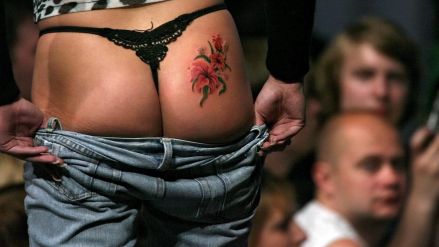
This signal is supposed to spark the imagination and desire of birds of a feather, though typically not of the same sex.
see more
Wow!
Soon the "citizen fashion model" was navigating the stormy passages of love. Her first (not very satisfactory) marriage to the Hungarian singer Pál Szécsi ended in divorce in 1966. A year later she was standing on the wedding carpet once more, this time alongside the actor and director Wowo Bielicki. He wore a tuxedo that he had borrowed from fellow film director, Jerzy Gruza. Grażyna wore a dress of her own design, which is on show at the Museum of Warsaw exhibition.
The mini dress had a sophisticated cut, and was in a unique for the time shade of pale pink. On top, Grażyna wore a coat in a stronger shade of pink, a gift from Madame Jadwiga Grabowska.
In October that same year, having successfully passed her exams, Hase enrolled in Warsaw's Academy of Fine Arts. She started studying in the Department of Interior Design but later switched to the Graphics Department. She also kept on designing clothes but no longer for just herself.
Her first collection, "Cossack Look", designed for the Warsaw-based Clothing Factory "Cora", met with success. It stirred up a visual shock and not just visual – for the first time in communist Poland, a collection had a separate theme, a title and an acknowledged creator/author. Now it is taken for granted, but in those days a designer's identity was hidden behind the brand name he or she worked for. That was it - nothing more.
Even now, the "Cossack Look" impresses for the flair with which the designer treated the Lenin-style flat cap and for the female mini skirt uniform she created based on her innovative use of a typically male wool tweed suit fabric. At the time, her use of what was seen as so unfeminine a textile, was a breakthrough. Moreover, unlike famous designers who make their appearance at the grand finale of their fashion shows, Hase participated in the show herself as a model on the catwalk.
Grażyna also brought innovations to the catwalk, introducing dogs, Harley-Davidsons, and especially music, to liven what had previously been stiff, predictable presentations. It was here that her husband, Wowo Bielicki, who directed fashion shows with theatrical dynamism, became a major influence. Again, it is hard to believe that fashion shows were once held in comparative silence, lacking the musical accompaniment and sound that determines the pace and body movement of the model as he or she strides along the catwalk.
Grażyna Hase was also gifted at finding new girls and new faces, being quick to identify a youthful, relaxed way of being and presenting. For example, it was Grażyna who spotted the potential of Małgosia Krzewińska (later Małgorzata Niemen), someone with whom I also had an opportunity to work with in the 1980s when arranging fashion shoots while trying to avoid undue contact with state media and galleries. Małgosia was brilliant when it came to acting out every shot, a finesse she had developed while working under the supervision of the Hase-Bielicki duo.
Art’s golden years
The 1970s are considered to be communist Poland’s golden era under the rule of Edward Gierek (First Secretary of the ruling Polish United Workers' Party from 1970 to 1980). It seemed then that Poland was getting closer to the West. It was easier to obtain passports to travel abroad and it was possible to buy such Western goods as alcohol, creams, underwear and jeans at the so-called Pewexes, the special shops where one had to pay in foreign currency.
At that time, Grażyna Hase was working flat out but felt she needed more space in order to expand than she was being given in state-owned companies. The solution she found was to become independent of the state-owned enterprises by creating and registering her studio not as a commercial activity, but as an art gallery.
In this way she founded the Grażyna Hase's Contemporary Art Gallery, which was to become a place where, despite what were some of the harshest years of communism, one could whisper and breath "luxury", albeit, of course, only as measured on the scale of socialism.
Does what we now see at the Museum of Warsaw show us the image of a girl who broke the taboos of that time? Her ingenuity was inexhaustible, she knew how to "walk like a missile" towards her chosen goal, she grabbed everything that seemed necessary to achive her final effect.
Nowadays, putting on a fashion show requires a lot of specialists -- eyelash, nail and hair stylists, someone to direct the timing of entrances and exits from the catwalk stage. Back then, all this was handled by one creative person. Perhaps it was a bit amateurish, but arguably it was more stylistically distinctive.
Grażyna watched over everything. And when she opened her art gallery, she put on an additional hat -- that of curator. And again, she did it her own way, without tying the gallery down to a singular defining profile. Her ideas were always diverse, stimulating, and full of fun.
I well remember the second show at the gallery. Andrzej Czeczot (a renowed Polish artist who later emigrated to the USA) staged a show of very funny, hand-embroidered tapestries along with a display of headgear he designed and dubbed "czeczotka” after his name. The latter, ultra-stretched woolen berets pulled over the forehead with "antennae" protruding on top, were worn by a large number of the participating guests, happy to prove that even a worker beret can achieve an artistic look.
Believe me, during and after the martial law phase, art was blooming in Warsaw and in other Polish cities. Exhibitions were organized spontaneously, basically with no money, in private homes or other randomly selected places. These included vacant buildings, different purposed buildings such as the Doctor's Club, even outdoor sites such as by a fire, on a fence or on clotheslines where washing was to be hang.
Grażyna also hosted one of the first Drawing Theaters by Frank Starowieyski, yet another famous Polish artist. Those who remember these events can recall how the artist would perform bare-chested while choosing a model from among his audience who would have to pose for him in the nude. Many women willingly volunteered to play the role of an undressed muse.
Various dynamic events caused the gallery to move from one place to another. Once it left the apartment in Marszałkowska Street, it relocated for a short while to premises in the Old Town Square, and then, when rents skyrocketed there during the country's political transformation, Grażyna in 1997 once more found a new space for her gallery in Senatorska Street. But that's another story.
